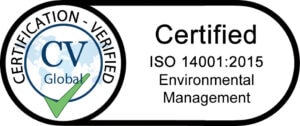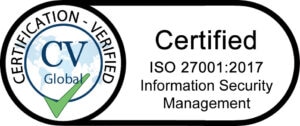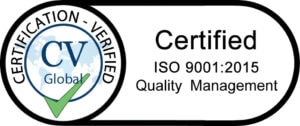An Integrated Business: What Firms Need to Do.
Home / Blog / Future-proofing / An Integrated Business: What Firms Need to Do
Building an effective mobile strategy is always an ongoing process, and it doesn’t stop once you’ve equipped your employees with the latest, most powerful devices. You also need a comprehensive mobile device management (MDM) solution that is able to control all aspects of your environment from a centralised location.
Yet, while many firms may successfully implement a small-scale MDM to support their initial deployments, when the time comes to expand to new locations or departments, the system fails to grow along with the business.
As new locations or business units get added, it will be imperative that these parts of a company are effectively integrated into a single mobile environment, as if firms are not careful, they may end up having to support many separate solutions, which adds complexity and expense to operations.
The challenges of a sprawling system
One issue is that when businesses are heavily compartmentalised into different departments, this can make it highly difficult to maintain a single management system for mobile devices that offers full visibility and insight into every user.
It may often be the case that individual department heads take it upon themselves to run their own solutions, either by encouraging their employees to embrace BYOD or even procuring the devices themselves. This can result in departments running their own ‘shadow IT’ solutions, with all the inherent security risks that unmonitored IT operations will pose.
Making sure it is as easy as possible to integrate new mobile devices into existing MDM solutions will tackle this problem and prevent users from going their own way if they find the process too difficult or time-consuming.
The need to add new users quickly
Another major challenge for businesses is when the time comes to scale up their systems. This may be because a company is expanding to new locations, for example, or they could be looking to add new departments or business units, enter new markets or develop new product lines. But whatever the reason, it will be essential that mobile devices are able to quickly and easily be integrated into existing solutions.
If, for example, a distribution business is opening up a second warehouse, it may already have a good idea of what mobile tools it will need based on what has worked at its existing location. But it will be all too easy in these circumstances to end up with each location having its own distinct setup that does not connect to the other.
Individual locations that have their own processes for device procurement and repair, and their own MDM systems, will lead to greater inefficiencies and duplicated effort. As well as being more costly to set up, it leads to much more complicated management; any changes or policies put in place in one location may not necessarily be reflected in other departments or offices.
The steps to a fully integrated business
To avoid this, it’s important to plan ahead when developing an initial mobile device management strategy. Scalability must be a key consideration when evaluating potential options, so firms need to ask how solutions will manage the introduction of large numbers of additional devices to the system.
Bringing in every department and business unit is an essential step in creating a fully integrated, mobile-enabled business. Making the move from a mobile system that is a collection of individual devices and support software to a solution that offers full visibility and control into every device, in every location will be one of the key hallmarks of an effective mobile-first business.
The MDM tools you choose will have a key role to play in this. If you don’t have the right support structures in place, you’ll never be able to make the most out of your investments in hardware, so a partner with skills and experience in scaling up systems to cover growing businesses is a must if firms are to be successful.












